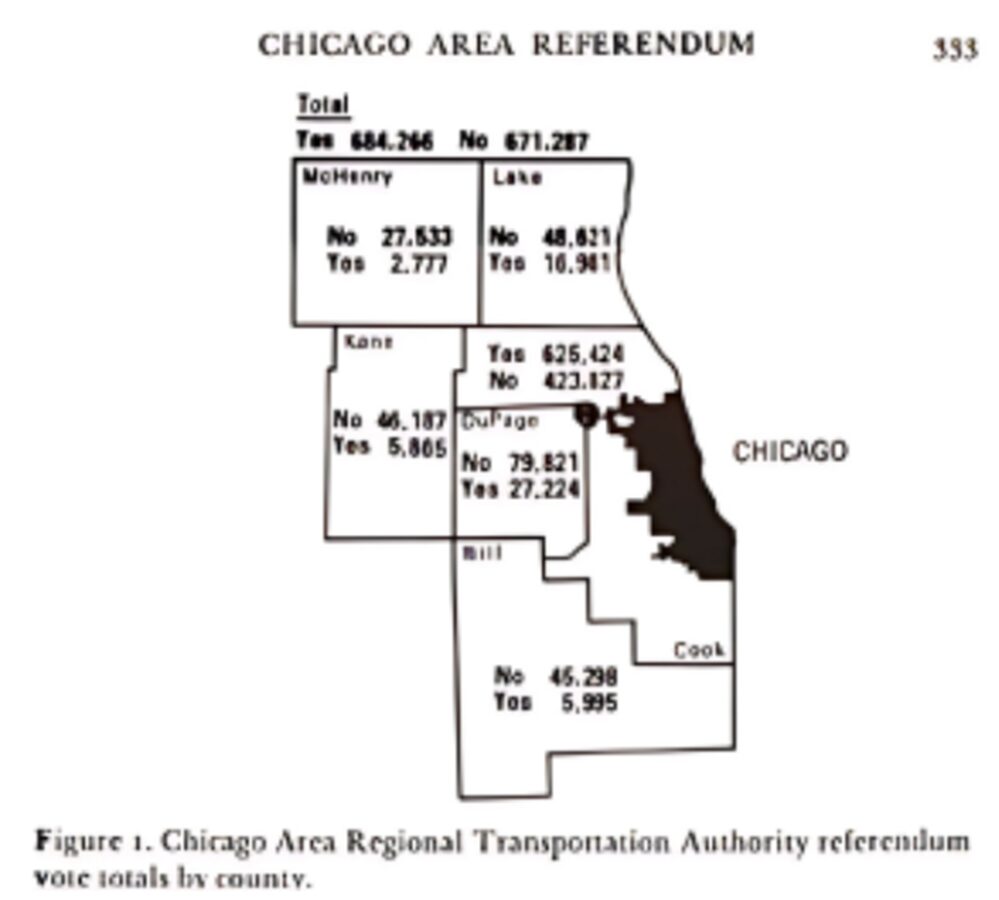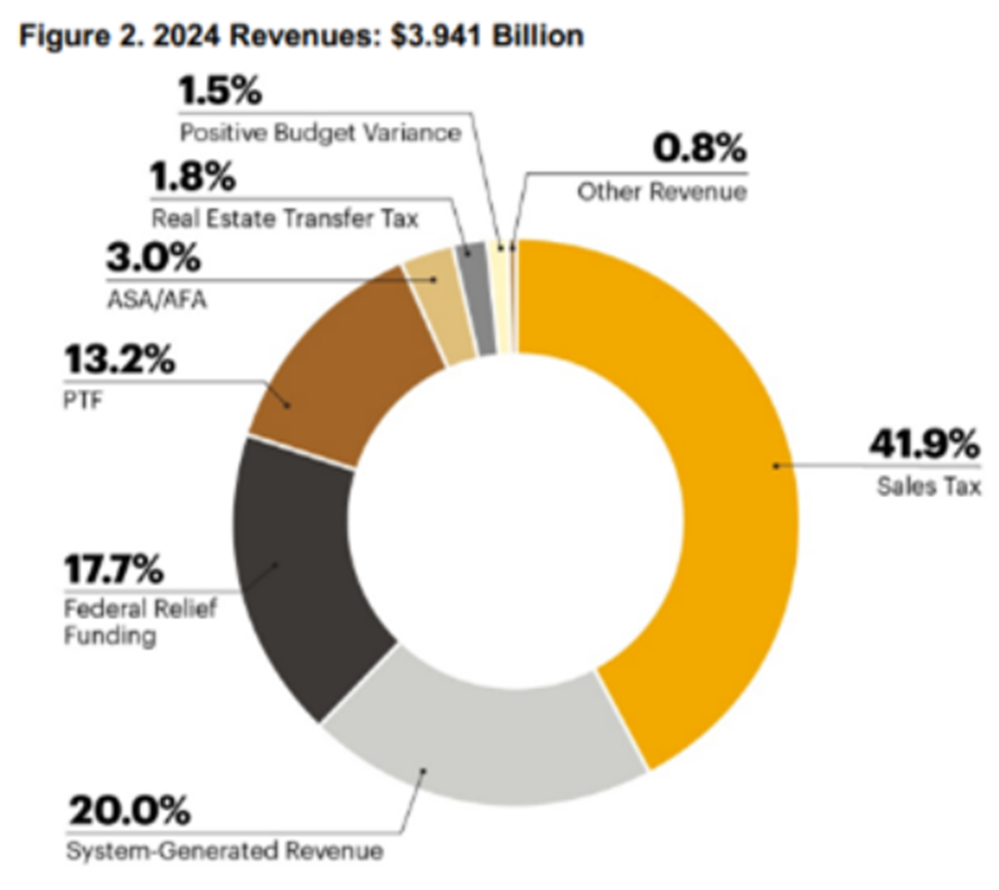In his last report, State Rep. Steve Reick asked if McHenry County should remain in the RTA.
What We’re Paying for Public Transit
On March 19, 1974, a referendum proposition “Shall a Regional Transportation Authority be created for Cook, DuPage, Kane, Lake, McHenry and Will Counties, Illinois?” was presented to the voters of the six-county Chicago metropolitan area.
Passage was by a very slim 50.48% of the vote, with all of the collar counties rejecting the proposition by an overwhelming margin.

Of the 30,310 votes cast in McHenry County, only 2,777 (9.16%) were in favor
This is Part 2 in a series of Reick Reports that will focus on the ongoing crisis with the Regional Transportation Authority (RTA) as it affects McHenry County.
I set the stage in my last report by explaining the extent of the problem, its causes and why we’re in the mess we’re in.
Though there’s no simple solution to the regional problem, I think that for the people of McHenry County there’s an entirely different set of questions that need to be answered.
- How much are we paying for what we get?
- Are we getting what we’re paying for?
- Can McHenry County opt out of its membership in the RTA or whatever replaces it?
- What public transportation services does McHenry County need, what would we lose and need to replace in the way of service if we opt out of the regional system and how much would it cost?
- If McHenry County can opt out of the regional authority, should it do so?
Today, we’ll focus on the first of those questions.
How Much Are We Paying For Public Transportation in McHenry County?
The RTA oversees two methods of transportation in McHenry County: Pace suburban bus and Metra rail.
There are four Pace fixed bus routes (806, 807, 808 and 550) operating in McHenry County running on a set schedule Monday through Friday during the morning and evening rush hours.
The Metra UP Northwest line is the second busiest line on the entire Metra system, with 23 stops between Chicago and Harvard, seven of which are in McHenry County.
In addition to the fixed route buses, the County runs the MCRide Dial-a-Ride program, which is a coordinated countywide paratransit service.
MCRide is a shared-ride service, so vehicles may make stops for other passengers.
The County also runs MCRide Connect, an on-demand, user-side subsidy program using transportation network companies, like Uber and UZURV, to provide an affordable transportation option throughout the six-county Chicagoland region for McHenry County residents who have an RTA Reduced Fare, Ride Free or ADA Paratransit Permit Card so long as the origin or destination is in McHenry County.
(It’s important to note that the McRide Dial-a-Ride and McRide Connect services are primarily paid for with local money. The only outside funds that support the system are Federal Section 5310 grants which are administered by the RTA but don’t come out of the RTA budget except as a passthrough from the Federal government.)
While revenue to run the RTA comes from a number of sources (Federal transportation grants, farebox revenue, advertising, concessions and the like) the overwhelming source of operating funds is provided by a sales tax imposed throughout the six-county Northeastern Illinois region.

The collar counties, including McHenry County, pay a 0.75% sales tax which applies to both general merchandise and qualifying food, drugs, and medical appliances.
A third of the amount sent to the RTA is returned to the counties to fund transportation and public safety investments within those counties.
While some of the collars have used these funds to pay for public safety projects, McHenry County has consistently used 100% of that money for public transportation.
In 2024, McHenry County collected and remitted $45,739,886 to the RTA and received back $15,011,831 as its one-third share. The balance went to the RTA itself, the CTA, Metra and Pace (both regular Pace and Pace-ADA). The 2020-2024 numbers are here (Source: RTA Website):

As you can see, while McHenry County gets to “keep” a third of what it pays to keep the rest of the RTA afloat, in 2024, the taxpayers of this county paid $30,728,055 for services the overwhelming majority of them didn’t use.
While there are ancillary benefits to being linked to the rest of the region by roads and rail (which we’ll discuss in upcoming issues of the Reick Report), I’ve given you quite a bit here to chew on.
In the next issue, I’ll discuss what it actually costs to run the bus and rail system we have here in the county.
